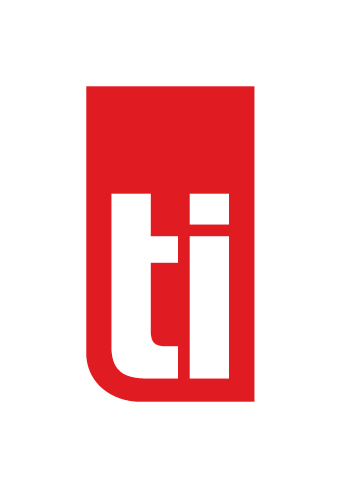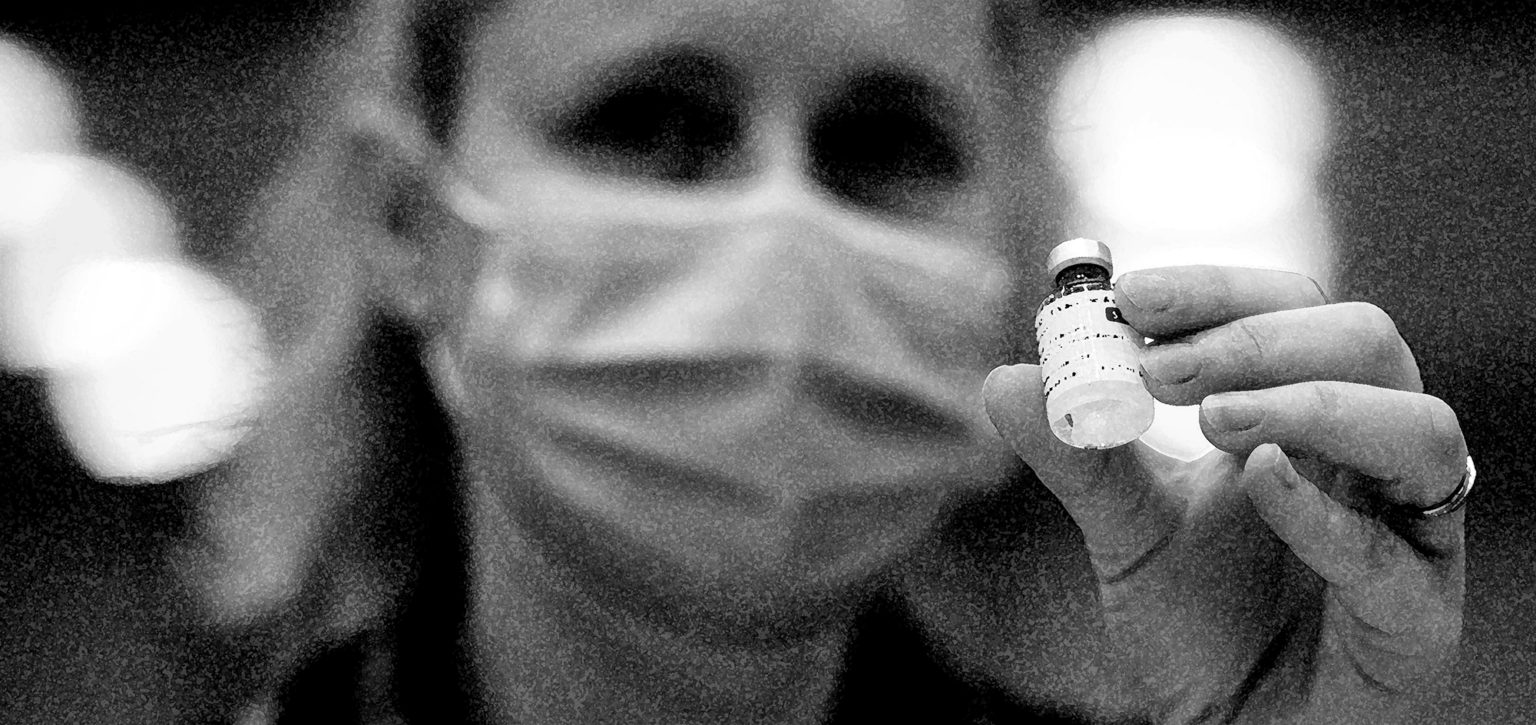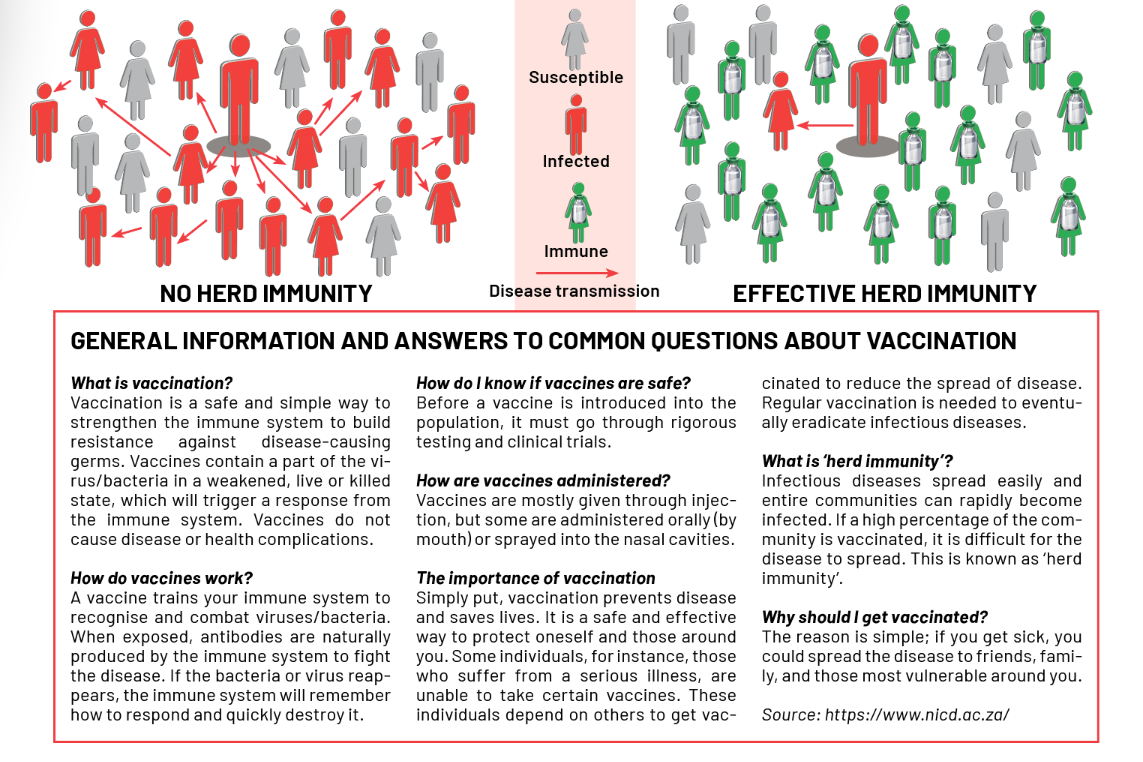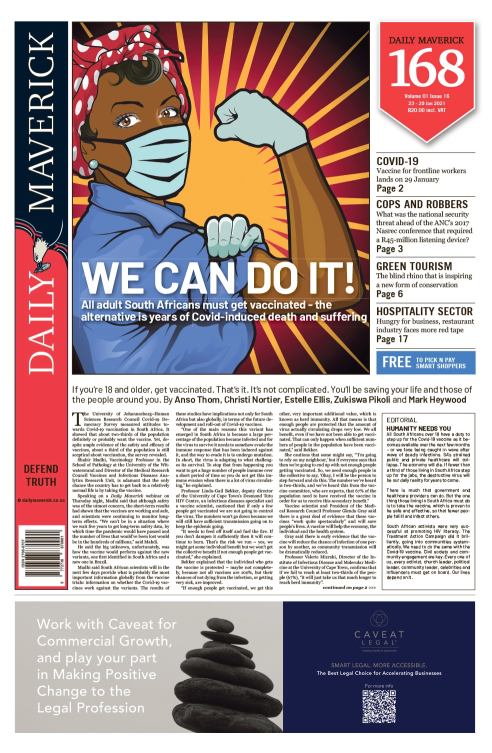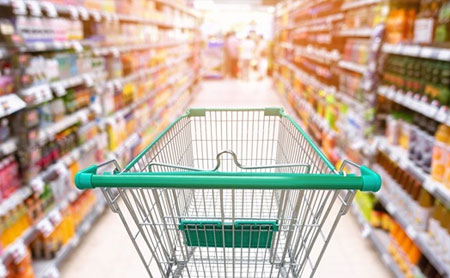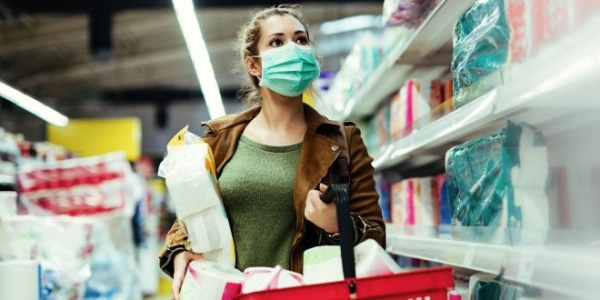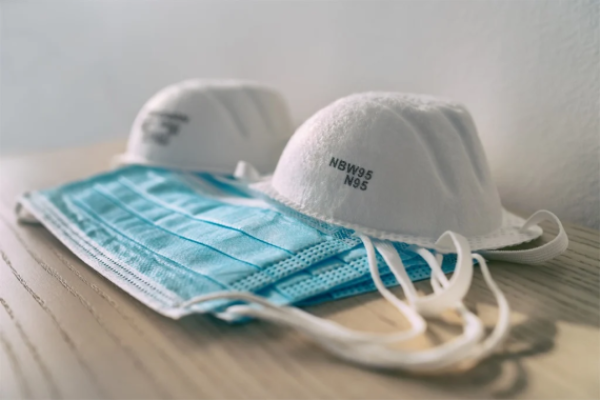In August last year, the CEO of South Africa’s vaccine company Biovac, Dr Morena Makhoana, and his team started working the phones to vaccine manufacturers. As a member of government’s vaccine advisory council, he could see how quickly vaccines were being developed across the world.
When the first one million vaccines touch down at OR Tambo International Airport next Friday, Makhoana and his team will be there. The Oxford-AstraZeneca vaccine is the cheapest on the market and is well suited to SA conditions, but Business Day has reported that the US$5.25 (R79.30) a dose price tag is higher than the rest of Africa and European countries. More about that later.
A punishing second wave of Covid-19 has brought the frontline of healthcare workers to its knees. And the jab in the arm can stand between life and death.
SA is buying Covishield vaccines made by the Serum Institute in India under licence from Oxford-AstraZeneca, which is the only company (as far as DM168 can establish), that has licensed its patent for manufacturing to sell to poor countries at US$3 (R45.32), the price likely for most sub-Saharan African countries. SA is middle-income and is being charged the higher price.
Biovac is able to distribute nationally between 72 to 96 hours after the Covishield jabs land from India and after they get through regulatory and lab approvals, once its processes have been calibrated.
“We supply and distribute between 70% and 80% of paediatric vaccines and last year started manufacturing a six-in-one vaccine,” says Makhoana.
Biovac is a public-private partnership with 47% of its shares owned by government and the rest by the management team.
SA has a well-developed paediatric vaccine programme and the Department of Health’s expanded programme for immunisation is a well-oiled machine. The immunisation history can provide the spine of a national Covid-19 immunisation strategy with the private sector system supporting it.
Here’s how it will work. Serum manufactures the vaccines, fills the vials and puts them in insulated containers to be flown to various export destinations. The first one million doses will be flown from Pune, India to OR Tambo airport.
These insulated containers have temperature logging devices that track the temperature of the vaccine during flights. All vaccines, including Covishield, need to be able to stay cold typically between -2 and -8 degrees Celsius throughout. (Pfizer’s Covid-19 vaccine is an exception and needs to be stored at -70 degrees Celsius.) Once it lands, the insulated boxes are quickly cleared through customs and transported to cold rooms in Jo’burg. Biovac’s headquarters are in Cape Town but it has facilities in Jo’burg.
When the vaccine gets to its cold room warehouse, temperature loggers are downloaded and loaded into the system to analyse and ensure that the cold chain was maintained during transportation. Then samples are taken to a lab in Bloemfontein, says Makhoana. Why Bloem? “The South African Health Products Regulatory Authority appoints a national control laboratory, which has to test every batch of vaccines…,” explains Makhoana. “For Covid-19, it is likely to get done in a matter of days. It will be fast-tracked,” he explains.
Once the vaccines are released, Biovac distributes them according to a Department of Health distribution list. “Once it gets to the facilities, our responsibility stops there,” says Makhoana. Government buys the needles, syringes, swabs and other vaccine paraphernalia. With nurses so overstretched by the second wave, medical students may be used to administer the jabs. The private sector hospital groups have advertised for retired healthcare workers to assist. The national vaccine strategy plans are to have vaccine centres, while Dis-Chem, Clicks and other pharmacies are likely to vaccinate too.
A long walk to immunity
But even when they are vaccinated with a first dose, immunity is some way off for the frontline health corps. The supervirulent new strain of coronavirus (501Y.V2) is still being studied to see how it responds to the vaccine, said the chairperson of the Ministerial Advisory Committee, Salim Abdool Karim, on 18 January. After a second dose four weeks later, the AstraZeneca vaccine should offer efficacy of between 62% and 90%, depending on the dose, says The New York Times vaccine tracker.
“Authorised so far in Britain, India and several other countries, this shot is cheap and easily stored, raising hopes that it could protect most of the world. Many scientists were puzzled, however, by data showing that its efficacy may depend on the strength of the initial dose or the gap between doses.”
Why is South Africa paying so much more and why is the vaccine so late?
The Serum Institute is a 54-year-old vaccine manufacturer started by entrepreneur Cyrus S Poonawalla in 1966. Indians suffered diseases and health risks which had been made treatable or immunisable in the north, so Poonawalla started Serum with a public health mission. Serum is now the largest manufacturer by volume in the world and has become a global pharma giant, which may explain the relatively high price tag for SA – some say its sense of mission has been lost or perhaps it is just too busy.
Serum is also producing 200 million vaccine doses for the global vaccine alliance GAVI (which manages the Covax facility to pool funds to buy vaccines), with US$300-million funding from the Bill & Melinda Gates Foundation. These doses are being sold for US$3 (R45,32) each for the poorest countries in the world. SA is likely to get another Covishield consignment from Covax but the price is not yet known.
Covishield’s first vaccines only left the assembly lines on 12 January for use in India, so exports were not an immediate imperative. Serum’s CEO Adar Poonawalla led a tour of the facility by India’s Prime Minister Narendra Modi, for whom the vaccine race is a new front in his geopolitical ambitions to trump China as a superpower.
As part of this vaccine diplomacy, the first exports are going to Bhutan, the government tweeted on 20 January. Other countries which are first in line are the Maldives, Bangladesh, Nepal, Myanmar (Burma) and the Seychelles, with Sri Lanka, Afghanistan and Mauritius cleared to receive despatches as soon as they have regulatory approvals. SA, despite our membership of BRICS – the Brazil, Russia, India, China group of countries – is at the back of the queue.
Media reports said a single patient showed adverse neurological effects in Covishield trials, but Serum said this was not due to the vaccine and the vaccine is streaking ahead of its competitors Covaxin (produced by Bharat Biotech) and ZyCoV-D (produced by Zydus Cadila), which are lagging in regulatory approvals.
The Serum Institute did not respond to multiple requests for comment on when the vaccine would land and what it would cost South Africa, but the Department of Health confirmed the price to Business Day. In December 2020 Belgian minister Eva De Bleeker revealed a cost of the Oxford-AstraZeneca to the EU countries of US$2.16 (R32,63) a dose. The low price is because the bloc co-funded development costs.
The better solution to “vaccine apartheid”, where rich countries buy and hoard life-saving vaccines as they are doing, is for South Africa (and the rest of Africa) to make our own vaccines. Biovac is developing the capacity to manufacture vaccines. Last November, it released its first locally manufactured six-in-one paediatric vaccine, making it easier for little ones to be immunised. “Our dream is to one day be a Pfizer or a Serum,” says Makhoana. Biovac is a public asset, as it is partly public-owned. Makhoana is a human asset. A UCT medical science graduate, he has also studied business at Stanford University in the US. He was previously deputy CEO of Litha Healthcare Group.
Read full artcle HERE

